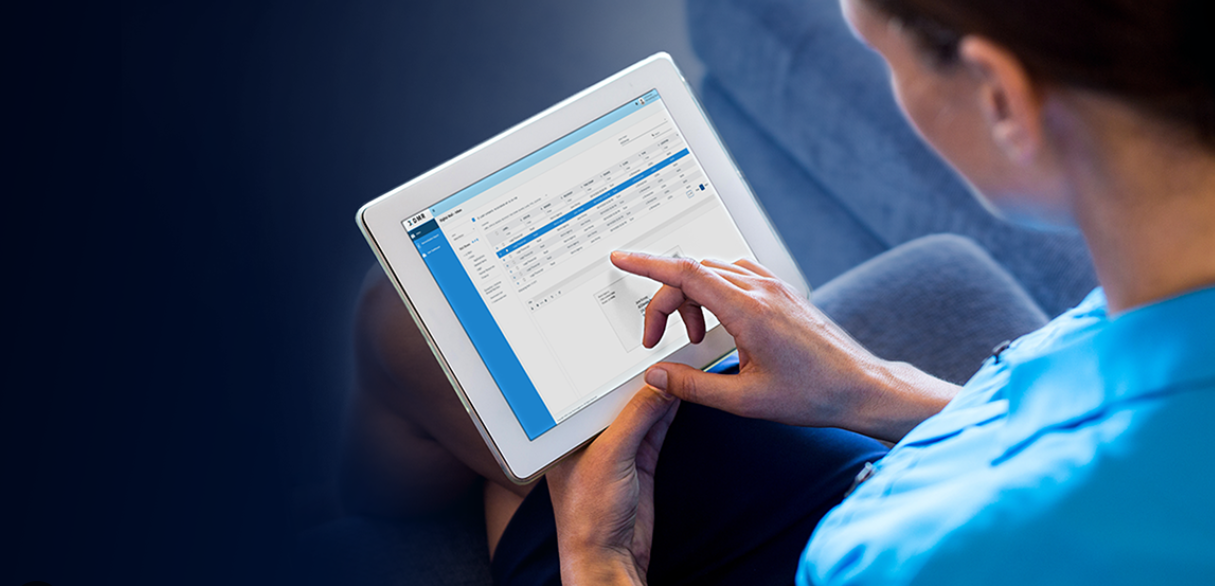How a Digital Mailroom Can Organize Your Business Communications? A digital mailroom can help organize your business communications by automating the process of receiving, organizing, and managing incoming documents. The digital mailroom can be set up to automatically scan and index documents as they arrive, making it easier to find information and access documents when needed. The digital mailroom can also be set up to automatically route documents to the appropriate departments or individuals, saving time and eliminating the need for manual sorting and routing of documents. Additionally, the digital mailroom can be used to track and store all incoming documents, providing an audit trail for business communications.

Digital mailroom services are the next evolution in enterprise communications. They have the ability to transform the way your firm handles mail, do away with old ways of communication, and provide a better experience for all of your staff.
Co znajdziesz w tym artykule:
The Advantages of Using a Digital Mailroom to Automate Your Business Processes
- Streamlines Document Management: Automating document processes within a digital mailroom eliminates the need for manual sorting, filing, and storing of paper documents. This enables organizations to easily locate, identify, and access documents quickly and efficiently.
- Improves Security: Digital mailrooms use secure protocols to protect data, documents, and other sensitive information. This ensures that your business processes are protected from unauthorized access and data breaches.
- Enhances Efficiency: Automating document processes within a digital mailroom eliminates the need for manual labor. This saves time and resources, enabling organizations to optimize their processes and increase efficiency.
- Reduces Cost: Automating document processes within a digital mailroom reduces the cost of paper, toner, and other related supplies. Additionally, it eliminates the need for manual labor, resulting in significant cost savings. 5. Enhances Customer Experience: Digital mailrooms enable organizations to quickly respond to customer queries and requests. This enhances customer satisfaction, improves customer loyalty, and boosts customer retention.
How To Become More Efficient In Communication: a blog that explains the benefits of using digital mailrooms.
Digital mailrooms have become increasingly popular in recent years as businesses look for more efficient ways to manage their communication. The advantages of using a digital mailroom are many, but the most important are that it helps to streamline communication, reduce costs and improve customer service.
The first advantage of using a digital mailroom is that it helps to streamline communication. With a digital mailroom, businesses can store, manage and process communication quickly and efficiently. This helps to ensure that all communication is sent out on time and is tracked and recorded accurately. Businesses can also use a digital mailroom to automate processes, making communication even more efficient.
The second advantage of using a digital mailroom is that it reduces costs. Using a digital mailroom helps to reduce the need for manual labour, which can be expensive. It also helps to reduce physical storage costs, since all communication is stored digitally. Finally, it helps to reduce postage costs, since emails and other digital communication can be sent electronically.

The third advantage of using a digital mailroom is that it improves customer service. With a digital mailroom, customers are able to receive communication quickly and accurately. This helps to ensure that customers have up–to–date information about their orders, inquiries and other communication. It also helps to improve the customer experience, since customers can easily access the information they need.
Overall, using a digital mailroom can be a great way to become more efficient in communication. It helps to streamline communication, reduce costs and improve customer service. It is also a great way to ensure that communication is sent out on time and tracked accurately. If you are looking to become more efficient in communication, then a digital mailroom could be the right solution for you.
What Does the Mailroom Do?
The mailroom is typically responsible for sorting, organizing, and delivering incoming and outgoing mail and packages. They may also be responsible for sending out interoffice mail, managing postage meters, and disposing of unwanted mail. In some organizations, they may be in charge of overseeing the distribution of company publications and newsletters.
Why mailroom management software?
Mailroom management software is designed to help businesses streamline their mailroom operations by providing a centralized system to manage incoming mail and package deliveries. It enables organizations to receive, track, and manage physical mail, parcels, and packages more efficiently, resulting in improved customer service and cost savings. The software provides users with the ability to track inbound packages, generate delivery notifications, and send outbound mail quickly and securely. By automating the mailroom process, businesses can reduce the time and money spent on manual tasks, while also improving accuracy and security.
Mailroom management software can also help businesses comply with government regulations, such as the USPS’s CASS Certification for mailers. Additionally, it can help companies identify trends in their mailroom operations, such as the types of mail and packages being sent, so that they can make informed decisions about their operations. Finally, the software can be integrated with existing software systems, such as accounts payable and customer relationship management (CRM) software, to streamline the mailroom processes even further.
Document management software
Next up is document management software. Document management software (DMS) is a computer program used to store, manage and track electronic documents and electronic images of paper-based documents. It is usually used in organizations to manage and store documents in a centralized repository, providing access control and the ability to track document changes over time. Common features of DMS software include document version control, document search and retrieval, security and access control, document archiving and workflow management.

![How a Digital Mailroom Can Organize Your Business Communications [EN]](https://blog.atsoftware.pl/wp-content/uploads/2018/10/cropped-slide1-2.jpg)